Discover the African Orthodox Church of St. John Coltrane, Founded on the Divine Music of A Love Supreme. Evicted in 2016 from its original Fillmore neighborhood in San Francisco from gentrification, it has moved to the Western Addition/NOPA, which once was once the epicenter of the city’s jazz scene.
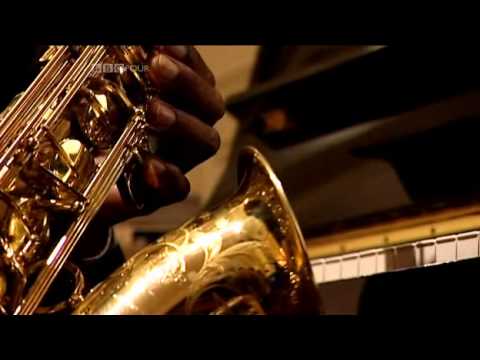
Watch this video on YouTube
Saint John Coltrane, BBC Documentary
The Story of John Coltrane’s A Love Supreme
By Josh Jones, Published in Open Culture
What can I add to the chorus of voices in praise of John Coltrane’s A Love Supreme? Recorded in December of 1964 and released fifty years ago this month, the album has gone on to achieve cult status—literally inspiring a church founded in Coltrane’s name—as one of the finest works of jazz or any other form of music. It cemented Coltrane’s name in the pantheon of great composers, and re-invented religious music for a secular age. Composed as a hymn of praise and gratitude, “the bizarre suite of four movements,” wrote NPR’s Arun Rath in 2014, “communicated a profound spiritual and philosophical message.” That message is articulated explicitly by Coltrane in the album’s liner notes as “a humble offering to Him,” the deity he experienced in a 1957 “spiritual awakening” that “lead me to a richer, fuller, more productive life.”
Words, sounds, speech, men, memory, thoughts, fears and emotions–time–all related…all made from one… all made in one.
Blessed be his name. Thought waves–heat waves–all vibrations–all paths lead to God. Thank you God. — John Coltrane
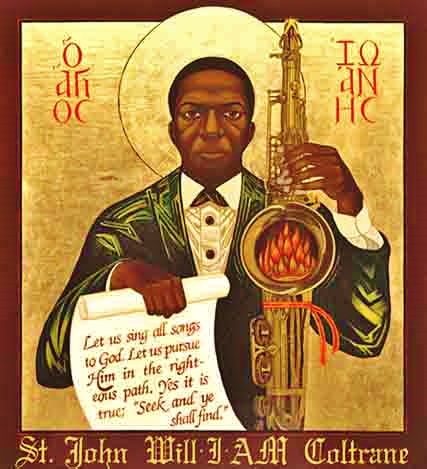

These phrases speak the language of recovery, and Coltrane found God through a program of recovery from heroin addiction. Like so many who have embraced faith after addiction, Coltrane’s devotion was ardent, but neither dogmatic nor judgmental. He “refused to commit to a single religion,” writes Rath, “His idea of God couldn’t be contained by any doctrine. But with his saxophone, and with his band, he could preach.” That he did, religiously, no pun intended. Before the recording of A Love Supreme, Coltrane’s classic quartet—including drummer Elvin Jones, pianist McCoy Tyner, and bassist Jimmy Garrison—toured the U.S. for four years. As the BBC documentary below informs us, “The group’s appetite for performance was ferocious.” They played “two gigs a day, six nights a week, taking only short breaks in the studio to record material for more than fifteen increasingly critically acclaimed albums.”
“Cnthonic porch. Side-
real garden. Sugar met salt, salt
sugar. Black cat collarbone spill. . .
Warble a worm in our throats,
we
talked birdtalk. Talked against birdtalk,
night, neck made of string. Night was asking where to next. . . Nowhere.
Nothing. Nothingness. Gnosis put
salt
on our tongues.”— Nathaniel Mackey, whose poetry and novels, influenced by Trane’s long and open structure, resemble a lengthy Coltrane solo
By the time the group recorded A Love Supreme, they had developed “an amazing unspoken communication.” Tyner recalled the album as “a culmination and natural extension of chemistry honed through years of playing together live.” (Despite all that, they would only perform the suite of songs live once, in Antibes, France, resulting in a live album and some fragmentary film of the event. Watch above.) Narrated by Jez Nelson, the 2004 radio documentary (up top) presents interviews with Tyner, Jones, modernist composer Steve Reich, Coltrane’s wife Alice, and others, in-between passages of Coltrane’s music, including his major breakout hit recording of “My Favorite Things.”
In the face of gentrification, “we’re trying to be a bridge between what used to be and what is becoming so that everyone can live together,” said Saint Cyprian’s Episcopal Church vicar Thomas C. Jackson, who welcomed a blending with the church in their Western Addition/NOPA (central San Francisco) location in 2016 when they were evicted from their original Fillmore neighborhood from the rising rents of gentrification. “St. John Coltrane transcends things like race and class and economic barriers—the music does that.”
STORY: Big Noise from Big Band Drummer Gene Krupa


Thank you God. Amen.” – John Coltrane
Among the many tributes to the album’s inspiring, transcendent genius, Coltrane scholar Ashley Kahn offers a very down-to-earth assessment of A Love Supreme’s importance: “[Coltrane] was not a prodigy. He was someone who worked very, very, very hard at his craft, and he showed us, and he shows musicians still, that it is possible.” Whether we attribute Coltrane’s achievements to divine inspiration, incredibly hard work, or some combination the two, the proof of his devotion stands the test of fifty years, and fifty years from now, I suspect we’ll say the same.
STORY: Sun Ra: “The Cry of Jazz” and the Sounds of Black Liberation
![John Coltrane - A Love Supreme [Full Album] (1965)](https://wilderutopia.com/wp-content/plugins/wp-youtube-lyte/lyteCache.php?origThumbUrl=https%3A%2F%2Fi.ytimg.com%2Fvi%2Fll3CMgiUPuU%2F0.jpg)
Watch this video on YouTube
Josh Jones is a writer and musician based in Durham, NC. Follow him at @jdmagness
Updated 5 February 2024



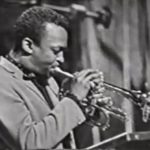
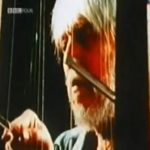
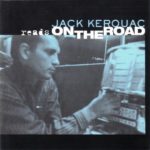
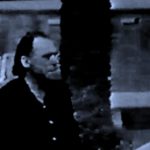






Pingback: Big Noise from Big Band Drummer Gene Krupa